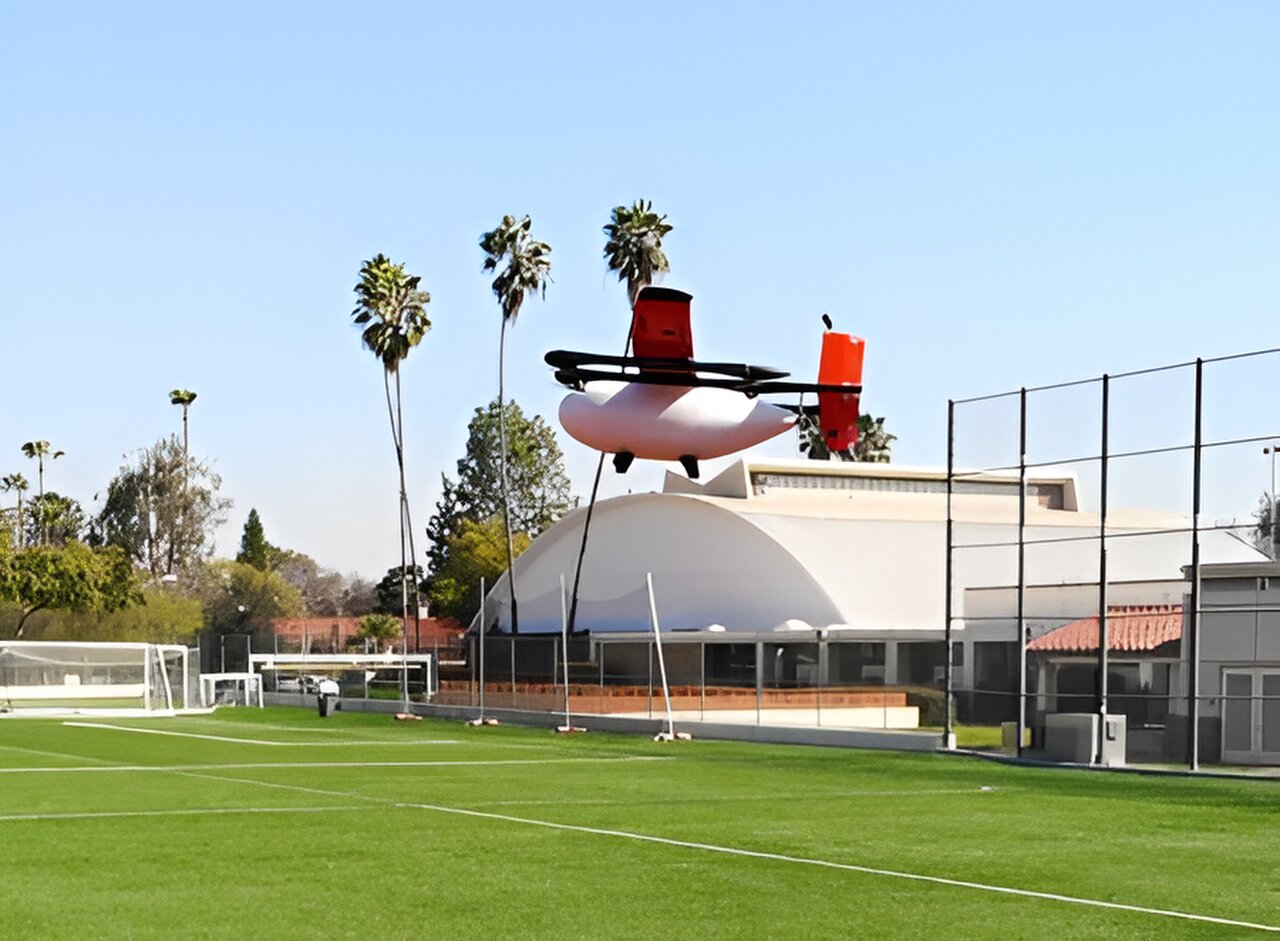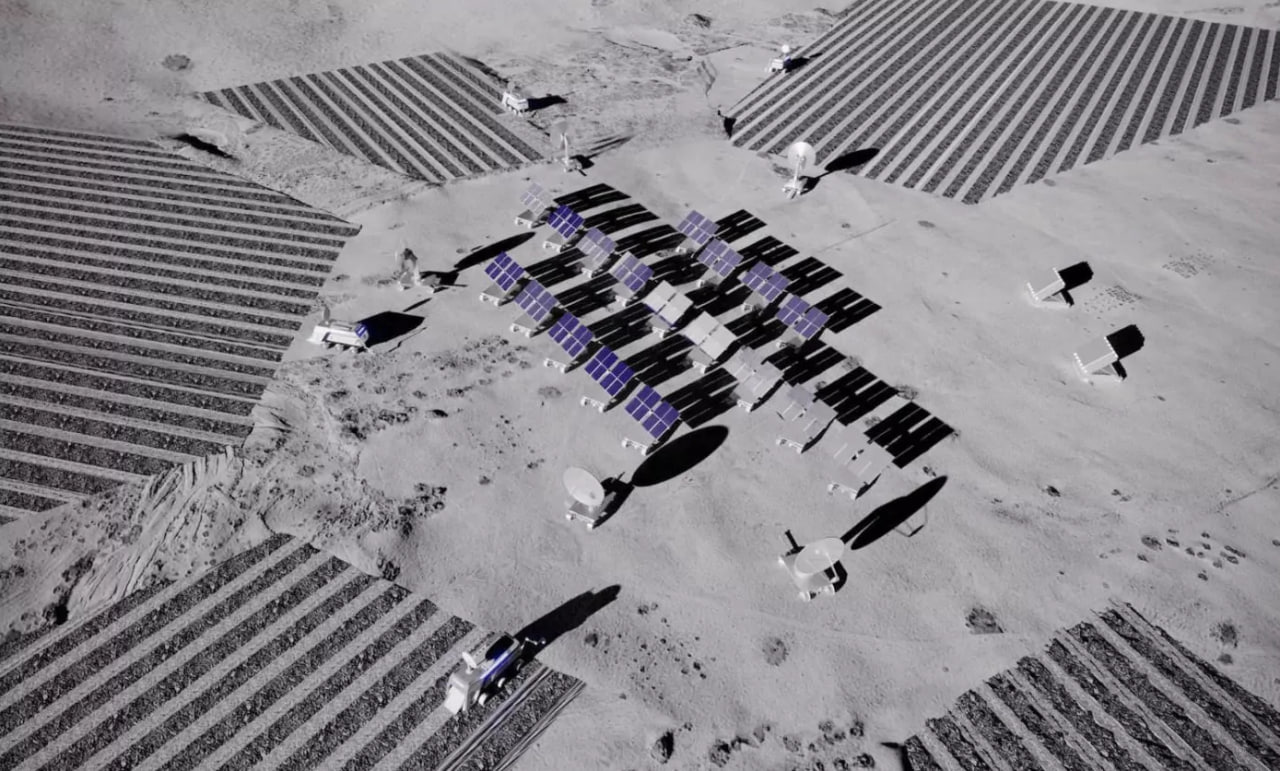As companies race to develop electric air taxis and flying cars for urban transportation, ensuring these robotic aircraft can keep flying safely after a failure is paramount. Now researchers at Caltech have developed a machine learning system called "Neural-Fly for Fault Tolerance" (NFFT) that allows robotic flyers to detect and compensate for faults like failing propellers or motors in real-time, without needing additional hardware sensors.
The quest to realize the full potential of these hybrid electric vertical takeoff and landing (eVTOL) vehicles hinges on intelligent automated control systems that provide resilience against multiple potential points of failure, according to Professor Soon-Jo Chung who leads Caltech's Center for Autonomous Systems and Technologies.
"We have developed such a fault-tolerant system crucial for these safety-critical autonomous systems," said Chung. "It introduces the idea of virtual sensors for detecting any failure using machine learning and adaptive control methods."
Redundancy Isn't Enough for Robotic Flight
To enable efficient winged flight between cities while retaining vertical lift capabilities, eVTOL designs incorporate both rotors and fixed wings. But this creates many potential failure points that could ground the robotic aircraft if not properly mitigated.
"You could have a highly redundant distributed system of sensors to detect faults," Chung explained. "But that would be expensive, difficult to manage, increase weight, and the sensors themselves could fail."
Instead, NFFT uses a neural network trained on real flight data to virtually monitor the performance of each rotor by analyzing the vehicle's motion in real-time. If rotors falter or an onboard fault occurs, the AI detects the anomaly within a second and instantaneously compensates by rebalancing control between remaining functional propellers.
"The real-time control redesign makes it feel as though nothing has changed, even though you've just had one of your motors stop working," said Matthew Anderson, the staff scientist who tested NFFT during flight experiments.
Giving Robots a Virtual "Sense"
While designed for aerial robotics, Chung says the principle of virtual sensors enabled by NFFT could apply to any autonomous robotic system. By continuously analyzing actual system behaviors, the AI can essentially give robots an innate sense for detecting internal faults or failures across components.
This could enhance safety across domains like self-driving cars that need backup redundancies for situations when primary sensors or control systems fail. It may also increase confidence about deploying robots for sensitive applications where negligible faults could be catastrophic, such as surgical robots or autonomous underwater vehicles.
"We just observe the behaviors of the vehicle - its motion over time," said Chung. "If it deviates from the desired behavior, NFFT can detect that something is wrong and use the available information to compensate."
Realizing Advanced Robotic Capabilities
Approaches like NFFT's virtual fault sensors represent an important step toward making advanced robotic capabilities like urban air mobility more safe, reliable and resilient. Successful real-world deployment of such systems could accelerate public acceptance of robotics operating in sensitive environments.
However, the technology also raises complex questions about human-robot workforce dynamics. As robots become exponentially more autonomous and failure-proof, could human roles like aircraft mechanics and service technicians be among the next "jobs to rob"?
Responsible developers will need to weigh ushering in radical robotic capabilities against the societal impacts of making certain professions obsolete. Catastrophic failures may be averted, but economic disruption could become its own sustainability challenge.
Robust robotic solutions like NFFT are impressive technological feats. But only balanced with foresight into humanistic implications can their world-changing potential be fully unleashed.


















